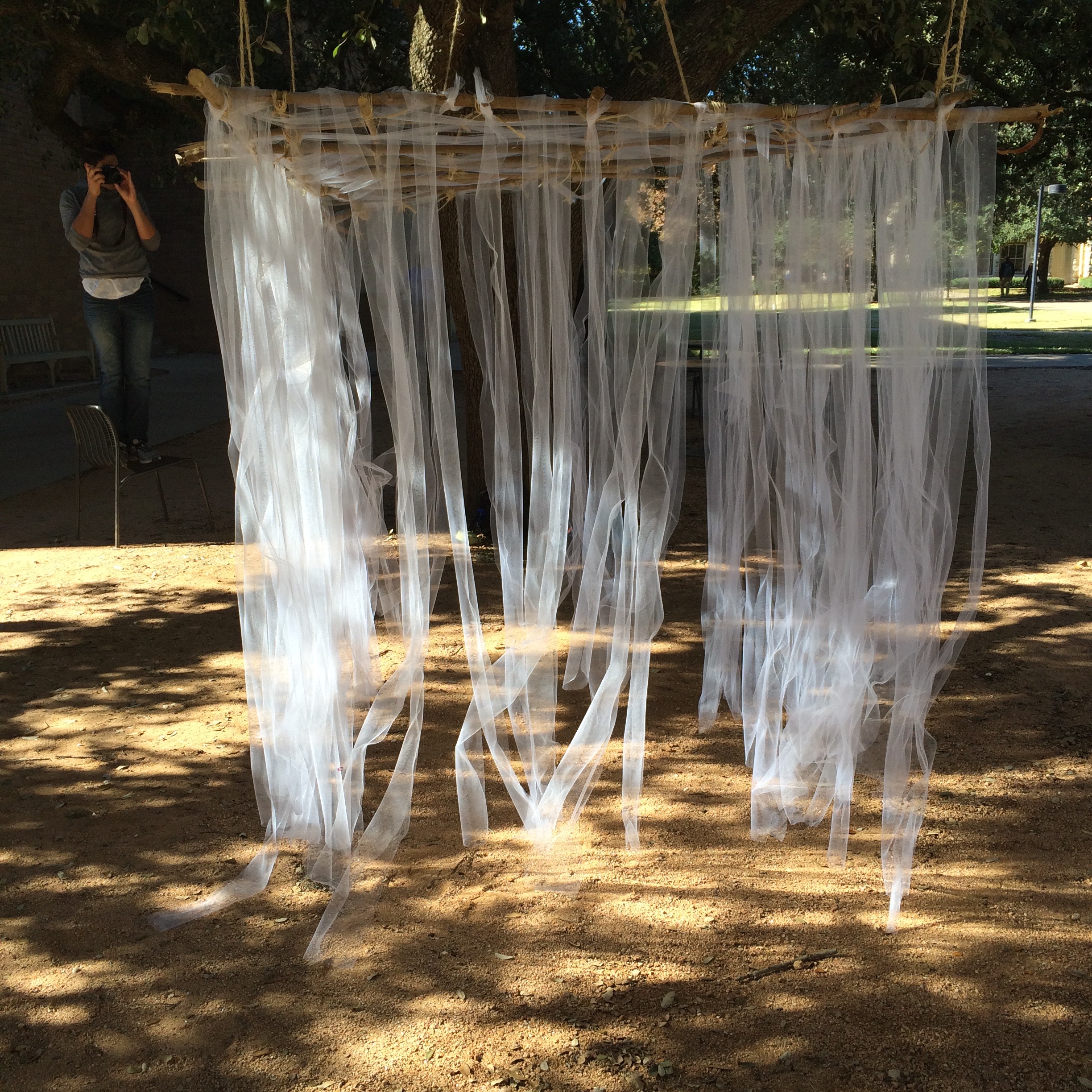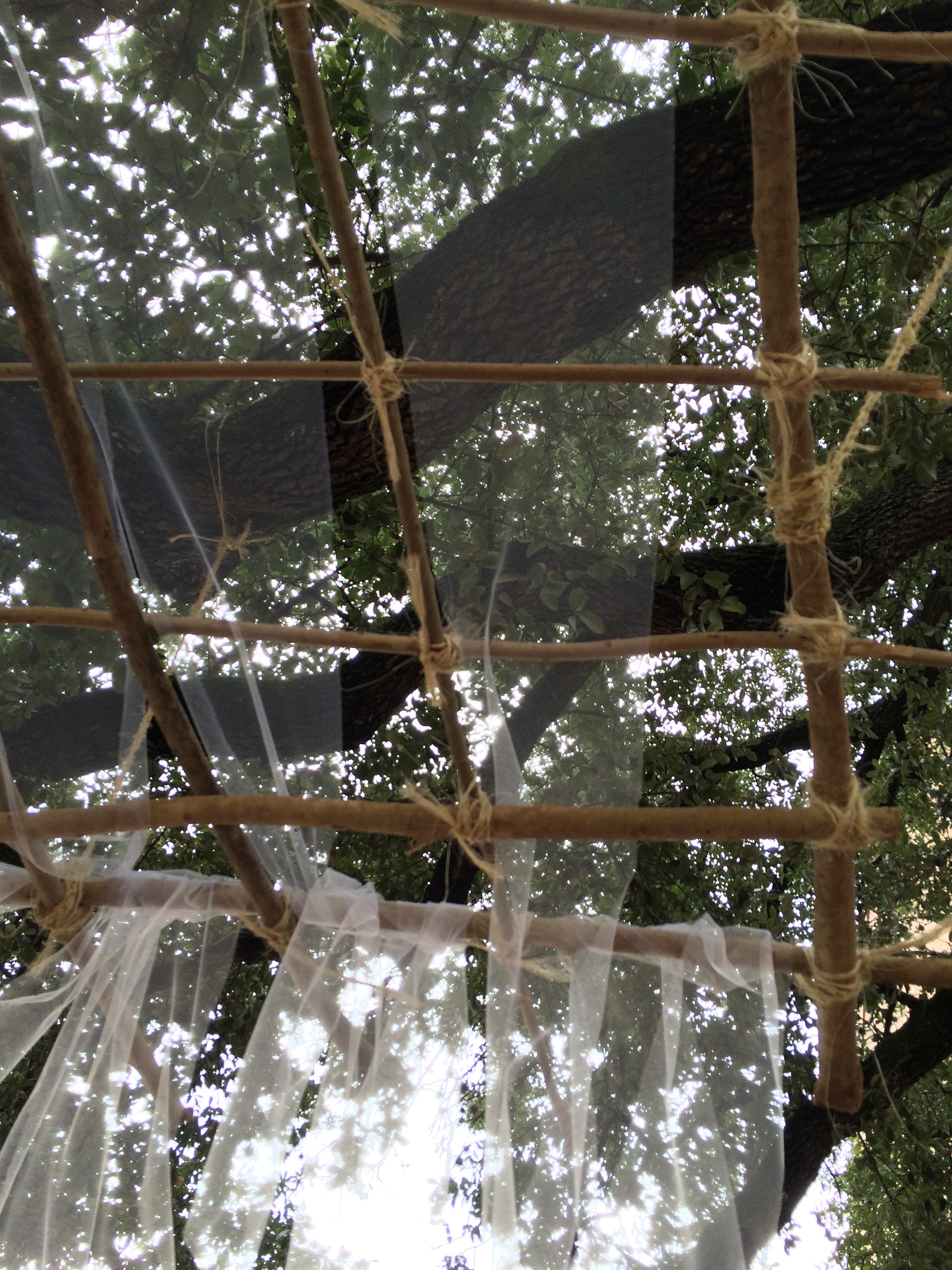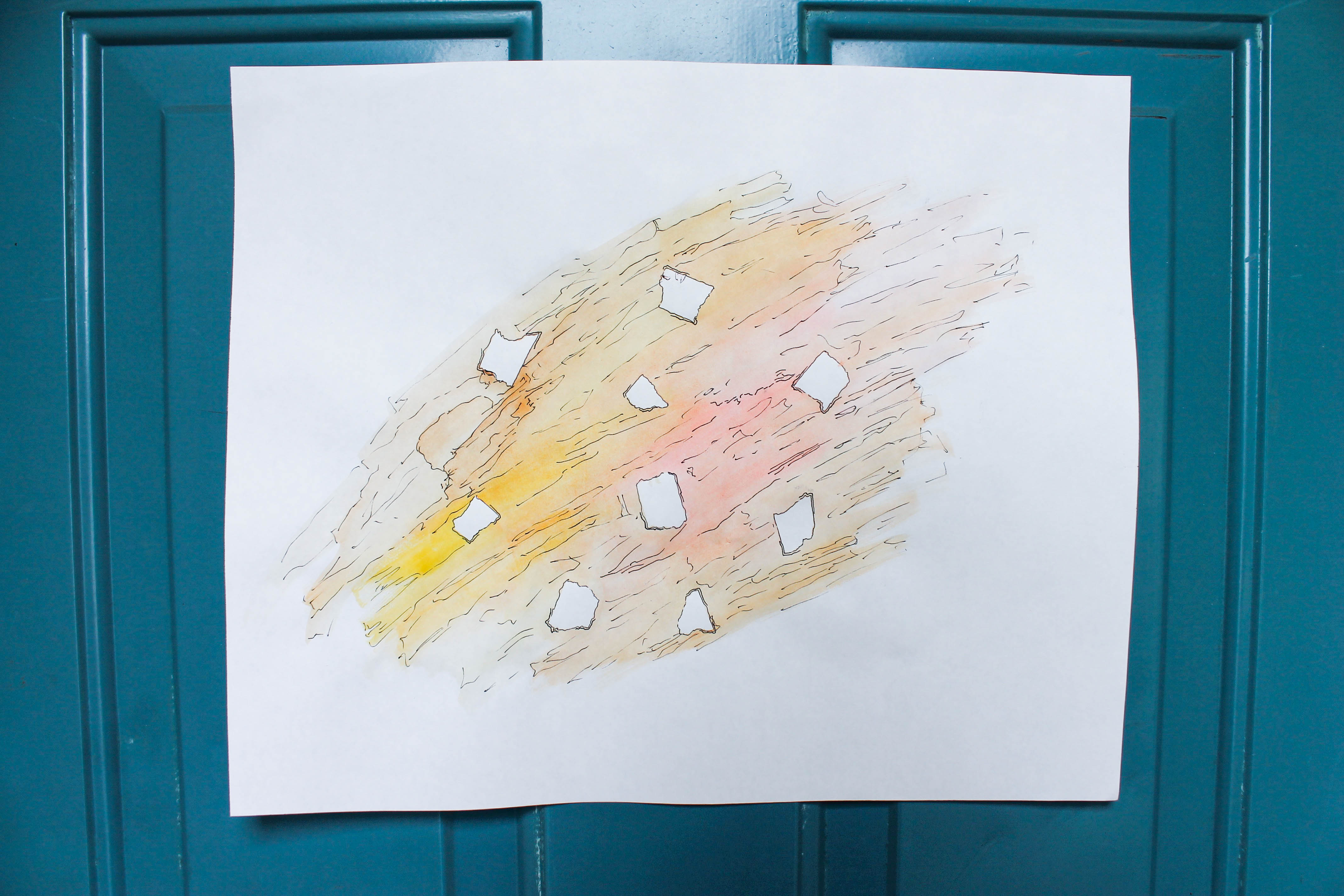What specific level I believe I’m at (in terms of)…
1) My expert hours in relationship to my use of practice time
“Consistent” seems to me to be a slow, consistent level / quality of work. Tea doesn’t really cause large spikes in energy, rather it provides a steady and regulated amount of energy.
“Uneven” is a bit more energetic, yet less predictable. The average cup of coffee has 100 mg of caffeine (twice that of a cup of black tea). More caffeine leads to larger caffeine crashes and withdrawals, which may result in less predictable work.
“Sporadic” is a drink used for all-nighters. This type of work was put off to the very last minute, and thrown together in the midst of chaotic energy. Very unreliable. They sometimes came to class, sometimes did homework, and sometimes spoke up.
—
I believe I was a solidly “Consistent” level.
I consistently sought out opportunities to increase my expert hours this semester thus far, both through my use of practice time and outside (of the classroom) activities. I spent 11-12 hours a week outside of class in “practice time” for the symbol project. I developed a strategy in iterating my work to evolve and refine my symbols. As I worked, I would create on a large artboard so that I could make dozens of iterations as I worked. Often I would make small changes and copy and paste each iteration on the board so that I could a) see my progress and b) go back and work my iterations more. I would end up with between 20-30 “mini” versions, all with very slight changes, of each symbols — enough choices to inform me whether what I was doing was heading in the right direction or not. Critique in class really helped me to see “why” I was headed in the right direction or not. Additionally, working in small bursts and coming back after short breaks with “fresh eyes” really helped me to see what was going right (or not) and led me to develop even more new ideas.
2) The sophistication of my work
“High” seems to me to mean someone who was able to identify things that worked / weren’t working in their projects.
“Medium” seems to me to mean someone who can tell if something is generally working or not, but not necessarily understand why.
“Low” seems to me to mean someone who is totally lost, not understanding at all why their symbols simply aren’t working.
—
I believe I was somewhere between “High” and “Medium.”
I brought in symbols for pin-up for every critique we had and improved my grouping with each meeting. Additionally, I hit the criteria for looking at overall visual weight, equal line weights, kink-free lines, and making something that no longer was representative. I pushed my symbols past the “default” to make something unique that no other designer could make. However, where I feel I was more “Aware” is that I do wish I could continue to push my symbols further, because it was a little more difficult to understand the why than the what. I could understand that some things worked more than others, but I often relied on critique for my peers to help me understand with fresh eyes why some symbols were working better than others.

3) How I dealt with feedback
“Meaningful” in this case, seems to mean someone who truly experienced a massive amount of growth and positive change in their symbol iterations.
“Useful” in this case, seems to mean someone who made large changes, but not to the level of growth that ‘Transformative’ entails.
“Trivial” in this case, seems to mean someone who did the bare minimum, who made small changes but stopped there, and didn’t push the work.
—
I believe I was between “Meaningful” and “Useful.”
While I made significant process on my symbols, and am on the whole satisfied with my final results, I would still like to go back and rework my third symbol.
i responded fully to feedback, and truly tested and implemented every piece of advice and critical feedback given to me as I went through iterations of my symbols. I looked forward to critique because I was able to see my symbols in a new light from my peers’ perspectives. It felt invaluable to me in my iterative process.
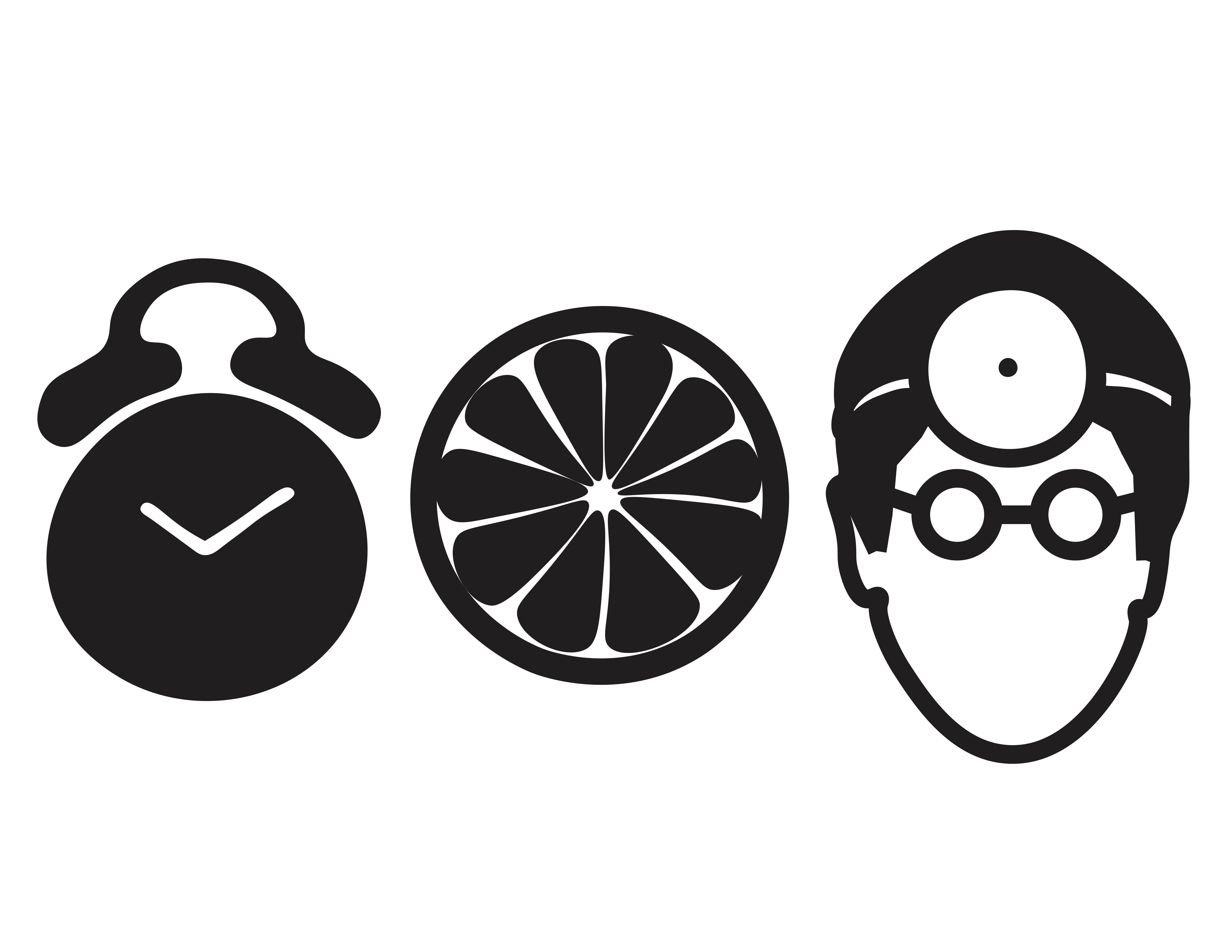
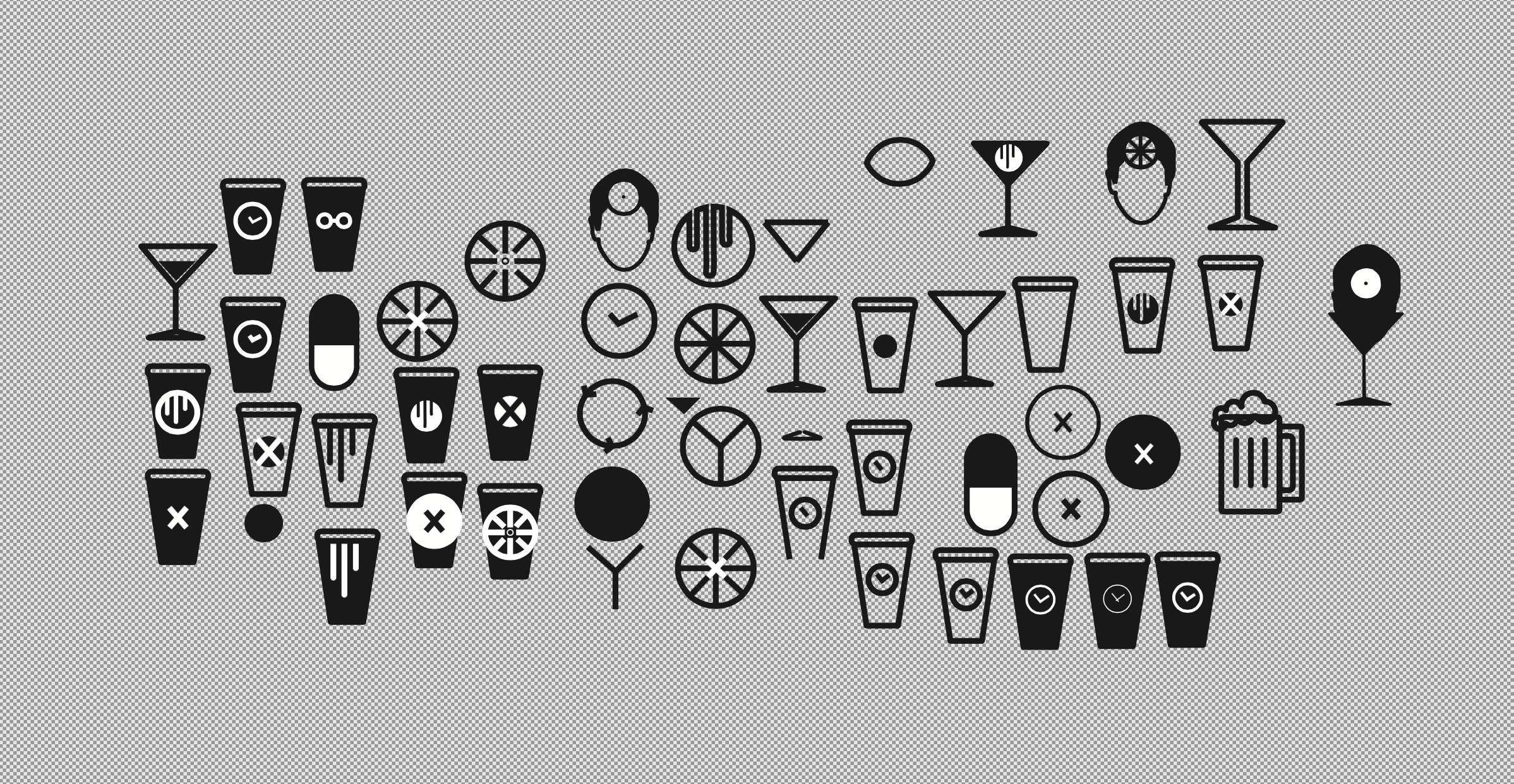
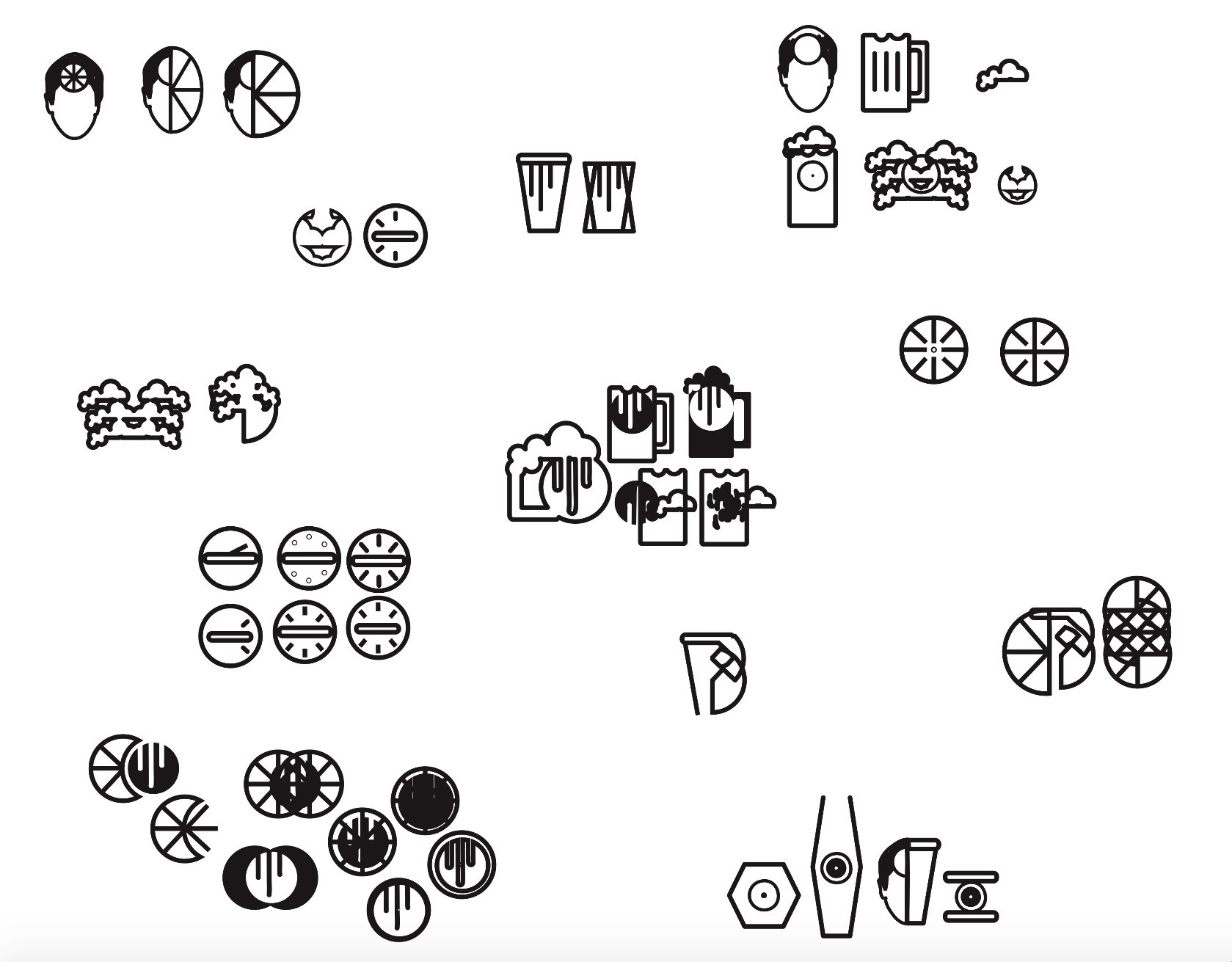

4) The level of challenge I gave myself
“Intense” reflects the person who went above and beyond the asked criteria, beyond the parameters of the assignment.
“Medium” reflects the person who challenged themselves.
“Mild” reflects the person who copped out, who chose an easy topic to speed through the project.
—
I believe my level of challenge was Intense / Medium (but more on the Intense side).
My original idea was to simply reinvent the “vegetarian”, “gluten-free”, and “paleo” stickers seen on food and menus, but felt this wasn’t going to be challenging enough for me. So I instead decided to try making food and drug interaction stickers. This felt like a significant step-up in terms of difficulty, and also seemed like a type of symbol set that didn’t already exist. And as a person who takes medications that cause me to avoid certain foods, it was doubly significant.
5) Other expert experiences
“Lots of Extra Stuff” means that the person gained expert hours in a variety of ways, both in testing new skills and observing others (i.e. “masters” at the craft).
“Just the Class Assignments” means that the person gained expert hours solely in their completion of homework assignments for this class.
“Other ‘Stuff'” means that the person gained few expert hours, whether relevant or not.
—
I truly believe I’ve earned the Lots of Extra Stuff rating.
I sought out countless opportunities outside of class thus far this semester. I’ve been learning technical and professional skills as a Senior Designer in Student Life. I received 3D printer training to work in the on-campus design labs. I attended the faculty art show and the Me, Myself and I show. I was asked to make a piece for the Minute Gallery–my project, a vectorized and manipulated image of an original pen and ink drawing, was an opportunity for skill development that directly helped me with this symbol project, both in terms of time management and the Illustrator tools that I gained far greater mastery with. I went to the Blanton exhibit on Xu Bing’s text-based work, Book from the Sky. I had my first professional art opening at the Bob Bullock Museum for the Butterfly Project, in which I was a full member in the project’s design, tests, and implementation.
6) Social emotional development
“Mature” means the student was on top of all assignments.
“Young” means the student was overwhelmed by the assignments, and the work started to rule them.
“Adolescent” means the student was completely owned by the work, and wasn’t able to push the work or take charge of the work.
—
I felt very in-control of my project. (Mature rating)
I made every deadline, participated in every critique, and missed only one class (due to a family emergency). The project, while challenging, was something I successfully stayed on top of, and was thus able to truly give it my all, give it my full attention, and feel proud of my final result. I was able to really enjoy the process (and the lessons it brought) by staying in control of my symbols (rather than letting the symbols control me). Additionally, my outside experiences at my design lab job, Student Life Job, and Butterfly opening have taught me the importance of maintaining both professional and positive attitudes. This has directly affected my classroom attitude, of remaining both appropriately professional and constructive when dealing with others in group and individual construction. I’ve gained a larger design vocabulary and felt able to implement these ideas into critique more so than I was able to in previous classes (or even the beginning of this class).
7) And my contribution to the classroom climate
“Warm” was the student who fully participated in critique, asked questions, and provided relevant and constructive feedback. They did their work and helped to cultivate a healthy and productive work room environment.
“Room Temp” was the student who occasionally spoke up when called upon directly, and usually stayed on task during critique and workdays.
“Cold” was the student who never spoke up in critique (or didn’t show up), was not an active participant in classroom discussions, and didn’t foster a productive vibe in the room for others to feed off of.
—
I believe I was an influential (warm) contribution to the classroom climate.
I made active effort to provide helpful and constructive feedback, and felt like I was always a voice heard in the classroom, always with the hand up and ready to share. I feel as though I gave meaningful feedback both vocally in critique as well as in the written feedback we provided each other in the final stages of the project. Additionally, I contributed to the climate in a positive way in the conversations I had with both Helaine and Magdalena outside of critique during workdays. I was able to receive and give constructive criticism in talking with both of them about our symbol progress.
